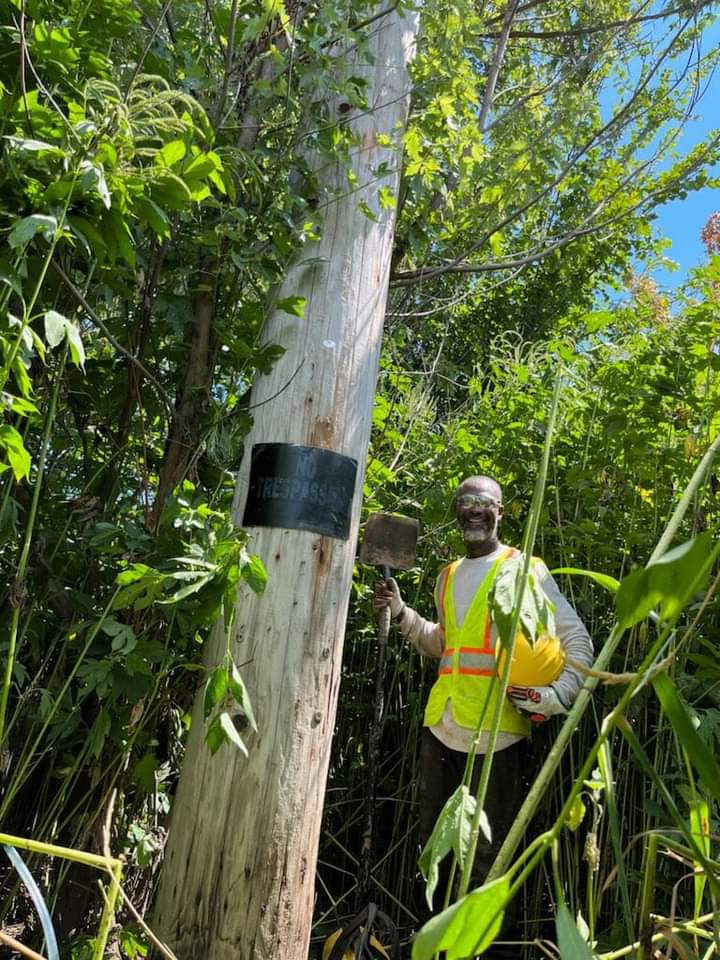Smart-grid and wood preservation inspection are critical for infrastructure security due to the following reasons:
Smart-Grid Inspection:
- Reliability and Stability: Regular inspection and maintenance of smart grid components ensure a stable and reliable power supply. This reduces the risk of outages and disruptions, which can have significant economic and social impacts.
- Cybersecurity: Smart grids are vulnerable to cyber-attacks due to their interconnected nature. Inspections help identify and mitigate vulnerabilities, ensuring that security measures are up-to-date and effective against potential threats.
- Efficient Energy Management: Inspections help maintain the efficiency of smart grids, enabling better energy distribution and management. This is crucial for balancing supply and demand, reducing energy waste, and integrating renewable energy sources.
- Detection of Faults and Anomalies: Regular inspections can detect faults and anomalies early, preventing them from escalating into major issues. This proactive approach minimizes downtime and enhances the resilience of the power infrastructure.
- Regulatory Compliance: Inspections ensure that smart grid operations comply with regulatory standards and industry best practices. This compliance is essential for maintaining public trust and securing funding for infrastructure projects.
Wood Preservation Inspection:
- Structural Integrity: Wood is used in various infrastructure elements, such as utility poles, bridges, and buildings. Regular inspections ensure that the wood remains structurally sound, preventing failures that could lead to accidents or service interruptions.
- Prevention of Decay and Infestation: Wood is susceptible to decay, rot, and insect infestation. Inspections help identify these issues early, allowing for timely treatment and preservation measures to extend the life of the wood structures.
- Safety: Ensuring the integrity of wooden infrastructure is crucial for public safety. Inspections help prevent accidents caused by weakened or damaged wood components.
- Cost Savings: Proactive wood preservation reduces the need for costly repairs or replacements. By extending the lifespan of wooden structures, inspections contribute to long-term cost savings and resource efficiency.
- Environmental Impact: Proper wood preservation reduces the need for harvesting new timber, contributing to sustainable forestry practices and reducing the environmental impact of infrastructure projects.
- Compliance and Standards: Regular inspections ensure that wood preservation techniques comply with industry standards and regulations, maintaining the quality and safety of the infrastructure.
Combined Importance for Infrastructure Security:
- Resilience: Both smart-grid and wood preservation inspections enhance the overall resilience of infrastructure, making it better equipped to withstand natural disasters, cyber-attacks, and other threats.
- Interconnected Systems: Modern infrastructure systems are highly interconnected. Ensuring the reliability and security of one component (e.g., the power grid) supports the stability of other systems (e.g., transportation, communication).
- Public Trust and Confidence: Effective inspection and maintenance practices build public trust in the safety and reliability of essential services, fostering confidence in the infrastructure.
By prioritizing smart-grid and wood preservation inspections, infrastructure managers can ensure the longevity, safety, and efficiency of critical infrastructure, ultimately contributing to the overall security and well-being of society.



